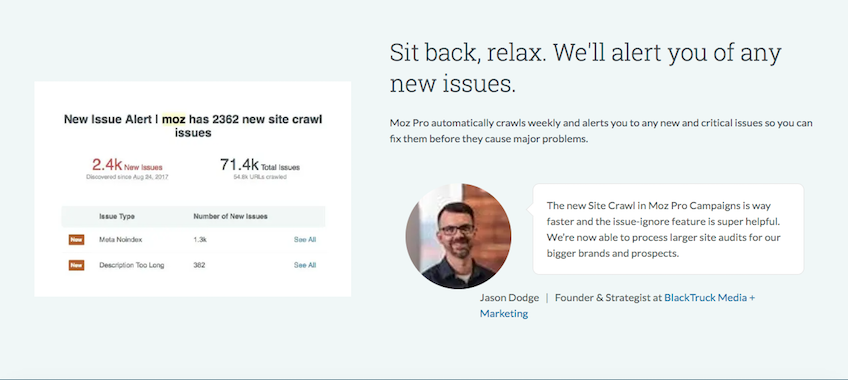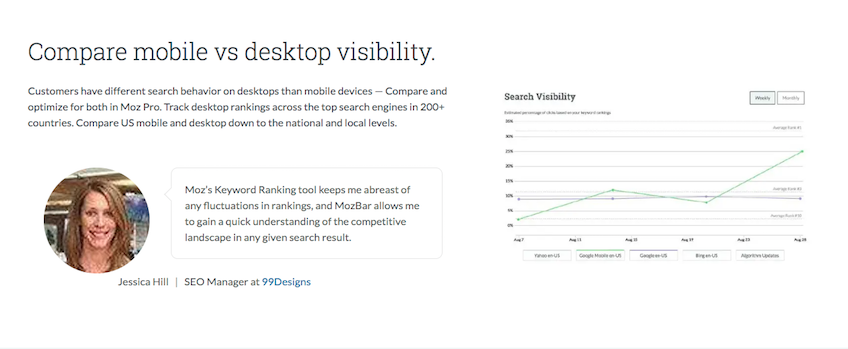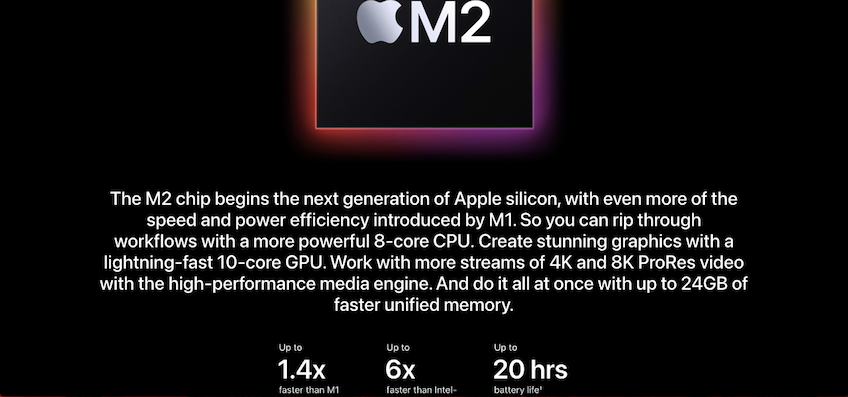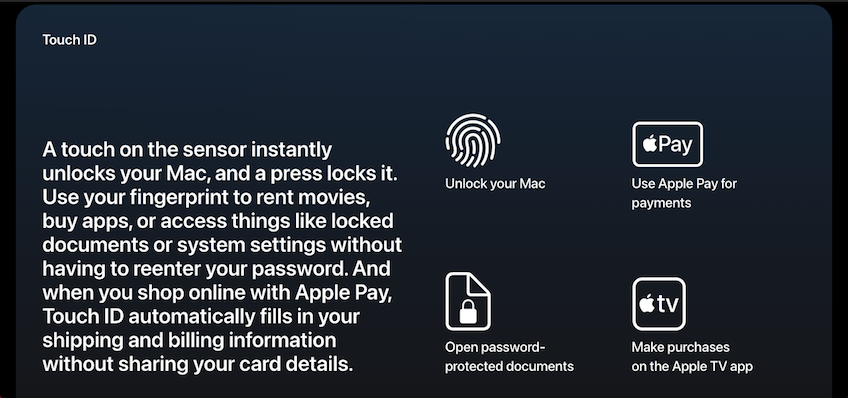How do you close the deal with your copy?
This question is important because you can end up writing excellent copy that gets your customers attention, draws them in, and then pulls them down a slippery slope to the end of your copy, but if you don’t know how to close the deal, all of your hard work will be to no avail.
In sales terms this is known as asking for the sale. Every salesman worth his salt knows that at some point you have to ask the customer to buy what you’re selling. If you talk too much, you can talk yourself out of a sale, and if you don’t ask customers whether or not they’re ready to buy, they may never decide to make a purchase.
An important step in any sales transaction is getting to the point where you ask for the sale. It can be as simple as saying something like, “Which option would you like to go with for your first purchase?” or “How many would you like to order today?”
This takes place in a regular, face-to-face sales transaction and is known as asking for the sale. When it comes to copy, there’s something similar — a call to action.
The Ever Popular Call to Action

A call to action is very similar to asking for the sale but in print form. You’ve also likely seen it in one of many ways.
On a sales letter, you may have read a line like, “Order your copies today!” On a website, you may have read, “Start Your Free Trial Now!”
Both of these are examples of calls to action. So what are they?
A call to action is a simple command that directs customers to take some sort of action, whether it be to buy, sign up, or start a free trial. At this point, however, you may be asking another question: “Why are they needed?”
The reason they’re needed is that they’ve been proven as the best way to compel prospects to take action. Even though they may seem direct or potentially smarmy, simple, direct, and clear calls to action are proven to be the most effective way to get your customers to act.

The orange “SELECT A HOSTING PLAN” button is an example of a website call-to-action button.
Another option would be to ask customers to take action. You can say something like, “Would you like to sign up now?” or “Are you ready to sign up for our service?” Both are valid ways to ask for a sale, but neither are as effective as a direct command when it comes to copy.
Whatever the reason, it’s been proven that calls to action are the most effective way to get customers to take the next step in print and online copy.
Creating a Sense of Urgency

In addition to using a clear call to action, you also want to create a sense of urgency with your copy.
Often, customers are close to making a purchase, but they’re not quite ready to hand over their money. They’re nearly convinced, but they’re not quite ready to buy.
One technique used by marketers the world over is to create a sense of urgency which compels prospects to take action. Some simple ways to do this are by using copy like “buy now” or “order today.”
Both of these short phrases use either “now” or “today” to create a sense of urgency. They’re both subtle, but they help to compel customers to take action.
Another strategy is to find a way to provide a real reason why customer’s shouldn’t wait to take action. These reasons include limited quantities and limited time offers.
Have you noticed how clothing stores always have sales during holidays? They advertise with copy like this:
Macy’s Labor Day Sale: Get up to 50% off this weekend only!
Providing limited time offers is one way to create a feeling of urgency.
Another way is by selling limited quantities, either because the quantities are in fact limited or because you restrict quantities on purpose (although you should never lie about limited quantities to increase demand because that would be unethical). Copy examples include:
- Get 50% off while supplies last!
- Limited quantities available! Buy now!
- Limited edition dinnerware. Only 1000 sets ever made!
- Free popcorn for the first 100 customers!
- Limited-time offer! Buy now!
All of these examples reveal ways to communicate limited quantities or availability in order to compel customers to take action, and if your product or service is in fact limited in some way, it’s an excellent way to push some customers over the fence who may already be sold but may need a little extra prodding to immediately take action.
Make a Compelling Offer

Another important part of the copywriting process is making a compelling offer. Not only do you need to write persuasive copy that effectively presents your product and clearly communicates the benefits of using it, but you also need to create the most compelling offer possible.
For example, if you’re selling alarm systems for homes, you can advertise your service with copy like this:

This copy is pretty good, but it could be even better. Can you tell how? Yes, it’s by sweetening the deal and making an offer your customers can’t refuse. Here’s some add-on copy that does the trick:

Do you notice a difference? Free installation was added to make the offer more compelling. It’s a tactic companies use frequently with copy such as:
- Order today and get free shipping.
- Free shipping on orders over $50.
- Free installation included with all premium packages.
- Purchase a TV + internet bundle today and receive a $300 gift card.
- Order now and get a free carrot peeler valued at $19.95.
All of these copy examples provide something to make the offer more compelling. Potential deal sweeteners include bonus materials, free shipping, free installation, and much, much more.
The question when it comes to your copy is this: How can you make the offer more compelling? What can you do to make what you’re selling more attractive to your customers? Can you include bonus features or free shipping? What about a risk-free 30 or 60 day trial? Is there anything you can do to make your offer more compelling? If yes, make a note of it because we’re going to use it in the exercise at the end of the post.
Don’t Forget a Guarantee

Another copywriting staple is the tried and true guarantee. Thousands of companies provide guarantees for their products.
But they’re kind of interesting when you stop and think about it.
Nearly every product has a guarantee or warranty. You commonly see copy like this:
- Try risk-free for 30 days.
- If you’re not completely satisfied, we’ll give your money back. No questions asked.
- 1 year limited warranty.
- Return within 90 days for a full refund.
All of these options make the purchase seem less risky. They also instill more confidence in the product. If a company’s willing to guarantee it for 5 or 10 years, it must be pretty good. And if they’re willing to give your money back in 90 days if you’re not completely satisfied, then there’s no risk to making the purchase.
But how often do customers take advantage of these warranties or guarantees? Not very often.
Here’s an example from right here at Quick Sprout:

Over a period of two years, we tested the effectiveness of a free trial versus a money back guarantee for the Quick Sprout Traffic System priced at $197.
Here’s what we found:
A 30-day money back guarantee increased sales by 21% and only 12% of people asked for their money back. With a hypothetical number of 100 traffic systems sold per month, the monthly revenue would be $19,700 per month without the guarantee and $23,837 per month with the guarantee but before refunds.
After needing to give money back to the 12% of customers who asked for it, revenues would go down to $20,976. This lead to a final revenue increase increase of 24%.
What about free trials? What impact do they have?
The difference was quite drastic. Nearly twice as many people signed up for a 7-day free trial that required a credit card up front than for a money back guarantee. If the money back guarantee generated 100 sign ups, the 7-day free trial would generate 200. That’s significant on the front-end conversions, but what about the back end?
Interestingly, the 7-day free trial led to more cancellations. The guarantee had 12% of people ask for their money back, but the free trial offer had 33% of people cancel their order. That means that out of 200 initial sign ups, only 132 remained.
Combined with that, of the remaining 132 people, only 79% had cards that were successfully charged, meaning 29 cards were declined. Yet in the end, even with the cancellations and the declined cards, the 7-day free trial increased revenue by 15% over the money back guarantee alone.
So now what about when both were offered together?
When a 7-day free trial was offered along with a 30-day money back guarantee, the front end conversions stayed the same, and nobody asked for their money back, meaning a 7-day free trial with and without the guarantee generated the same results.
To give you a better idea of the final tally, here’s a list of results for each offer:
- $19,700 per month for the initial free offer with no free trial and no money back guarantee.
- $20,976 in revenue when a 30-day money back guarantee was added.
- $24,428 in revenue when a 7-day free trial was included.
- $24,428 in revenue when the free trial was included with a money back guarantee.
Ok, ok, we know what you’re thinking: “Wouldn’t it be best to just offer a free trial with no money-back guarantee since revenues stayed the same both times?” In some ways yes, but in other ways no.
The money-back guarantee did increase revenues by 24% over the offer without a guarantee or a free trial. So compared to the original offer, the money-back guarantee offer performed significantly better.
So in this specific example on Quick Sprout, the free trial offer performed just as well as the free trial offer that included the money back guarantee which means in that sense the money back guarantee was not needed, but in other cases, this may not hold true.
It’s possible that with your product or service a free trial isn’t applicable and a money back guarantee would help to increase sales. In the end testing is the only way to know and universal conclusions shouldn’t be drawn from the test with this one product.
So as mentioned before, you may be wondering what happens if too many people ask for their money back. A lot of companies worry about this, and it’s something to take into consideration. It’s possible that a money back guarantee can lead to a decrease in revenue if a high percentage of people do ask for their money back.
But more often than not, this isn’t the case. As with the example on Quick Sprout, money back guarantees nearly always increase revenue. Only a small percentage of people ask for their money back in most cases.
It’s worth testing to make sure this is true for your business, but you shouldn’t be afraid to test since guarantees are used for a reason and that’s because they work to increase revenue for most businesses. At the very least, it’s worth trying it out with your product.
Be Persuasive from Start to Finish
Remember that copywriting, when compared to other forms of writing, is a different kind of animal.
It’s not necessarily about writing well. It’s about writing persuasively.

It doesn’t matter if you’re a world-class wordsmith or a literary genius.
If you can’t effectively move readers through the proper sequence of steps and ultimately convince them to buy, your conversions are going to suffer regardless.
In the rest of this post, we’d like to provide you with a straightforward formula you can use to become a highly persuasive copywriter with the end goal of maximizing conversions.
We’ll explain both the basic structure and the specific techniques you need to use to become more persuasive from start to finish.
Start with a killer value proposition
Research from Nielsen Norman Group found that you have a very small amount of time to grab a visitor’s attention before they leave your page.
In fact, you usually have a max of 20 seconds.

Your first order of business is to make it abundantly clear what your value proposition is.
Now, there are several ways to go about this, but we believe in keeping things simple.
Getting too complex tends to dilute the message and confuse prospects.
What we’ve found to be most effective is keeping our value proposition short, sweet, and clear.
Like this:

Don’t make them guess what you’re offering.
Let them know in a split second what you are offering with your crystal clear value proposition.
To accomplish this, try to condense the essence of your product down to just a few words.
Swiftly move to the benefits
“What’s in it for me?”
That’s what most visitors are thinking after hearing your value proposition.
But here’s the thing.
Most people have a tendency to emphasize features over benefits.
But it should be the other way around.
Just look at this Venn diagram from ABC Copywriting:

Notice that benefits are valued over features.
Of course, you need to explain how your product works. But you can elaborate on that later.
What you want to do first is explain how the product fulfills a need or desire.
In other words, explain how your customers’ lives will be better after they buy your product.
Here’s a great example from Moz:


See how prospects instantly understand the benefits of using Moz?
It will save them time and make things more efficient.
They also don’t have to worry about deciphering complex data because Moz takes care of this for them.
When it comes to describing benefits, there are three main types to cover:
- Tangible
- Intangible
- Commercial
This illustration from ABC Copywriting explains these various types of benefits in more detail.

As they point out, “Benefits need not be unique, but they must be compelling.”
Keep this in mind when deciding on an angle.
We find that it’s best to highlight the benefits before getting down to the nuts and bolts of the features.
That way prospects should be more receptive and willing to wade through the details.
But if you go the other way around and cover the features before the benefits, you’re probably going to lose a sizable portion of your leads.
Just sayin’.
Now explain the features
“What’s in the box?”
That’s what Brad Pitt’s character David Mills wanted to know in the closing scene of the movie Seven.

While the contents of the box were quite grisly (his wife’s severed head), this question demonstrates the importance of promptly telling your leads what they’ll get by making a purchase.
In other words, let them know what’s in the box.
They already know what you’re offering and what the benefits are.
Now it’s time to succinctly break down the features of your product.
Again, we feel like Moz pulls this off flawlessly, so we’ll use this as an example:


We prefer breaking features down into bullet points or concise little sections like Moz does.
“Digestibility” is huge, and you want to present your product’s features in an easy-to-absorb, intuitive way.
You also want to touch on specifics to distinguish your product from competitors and to add a sense of value.
Keep it simple, but include a few key details that explain why your product is the bee’s knees.
CTA
By now, your prospects should understand what your product is, how it will benefit them, and what the features are.
Your final task is to tell them what to do next.
In other words, it’s time for your CTA.
You can liken this to battling a boss in the final level of a video game.

It’s arguably the most challenging aspect of the process, but if you’ve done what you were supposed to do in the previous steps, you should see a reasonable conversion rate.
Once again, simplicity reigns supreme, and we see no reason to complicate your CTA.
And here’s what it looks like on NeilPatel.com:

Notice that it’s very clear what action we want prospects to complete.
As always, we strongly recommend doing at least some basic A/B testing on your CTA to see what works best.
Some specific elements to test include:
- button style
- button color
- wording
- positioning
Being hella persuasive
Okay, now we’ve covered the basic structure of well-crafted copywriting.
The general structure of a landing page should be roughly as follows:
- Value proposition
- Benefits
- Features
- CTA
But how do you ensure you’re hitting all the right notes and being highly persuasive?
Obviously, the value proposition and benefits will offer some motivation, but here are some other things we’ve found to be impactful.
Make your content scannable
We’re not going to launch into a huge sermon about the importance of creating scannable content.
You probably already know people read online content differently than they do offline content.
But if you want to efficiently get prospects from Point A (your value proposition) to Point B (your CTA), it helps to make everything in-between easily scannable.
Luckily, the formula for scannable content is quite easy.
Just include headers, bullet lists, and a considerable amount of white space along the way.
Apple, being the savvy marketers they are, do this perfectly on their MacBook Pro landing page.
Here are a couple of screenshots:


It’s seamless.
Persuasive words
An article on Business 2 Community talks about the three different brains we have:
- the new brain
- the middle brain
- the old brain
According to the article,
the old brain is the part that controls decisions, and it also happens to be the most primitive. In this way, the words you use to market to the old brain will often be the most direct, simple, arresting, visual words you have.
So if there was ever a copywriting hack, it’s using highly persuasive words that make the “old part of the brain light up.”
Here’s a list of those words:

And according to research, the five most persuasive words in the English language are the ones in blue, which are:
- New
- You
- Free
- Because
- Instantly
Peppering these words throughout your copy in key locations should have a noticeable impact on conversions.
Social proof
This is our last point, and it’s a biggie.
Incorporating social proof into your copy is the icing on the cake.
This was actually one of Robert Cialdini’s six principles of persuasion,
which maintains that people are especially likely to perform certain actions if they can relate to the people who performed the same actions before them.
We’re not going to go into all the gory details of social proof here.
You can learn about it from this article.
But we will say that testimonials are usually your best bet, pound for pound.
You can also use things like:
- ratings
- media logos
- subscriber counts
- social connections (your number of followers)
- clients you’ve worked with
Just be practical, and provide whatever type of social proof you think would most persuade your prospects to take action.
Conclusion
The way we look at it, there are two main components of effective copywriting.
The first component involves properly structuring your content so that it’s presented in a logical, sequential manner.
This means explaining your product in a way that makes sense to an average person and systematically covering your value proposition, benefits, features, and CTAs.
The second component is weaving in persuasive elements to quell fears, clear up any misunderstandings, and ultimately motivate prospects to take action.
By appealing to people on these two different levels, you can create very persuasive copy and crush it from a conversions standpoint.
In this post, we covered four important ways to close the deal with your copy. We’ve shown you how to increase your sales by:
- Using a call to action
- Creating a sense of urgency
- Making a compelling offer
- Providing a guarantee
These are four key steps for driving the point home with your copy and closing the deal. Make sure to commit the four tips in this post to your memory and use them in your copy to close more sales.
